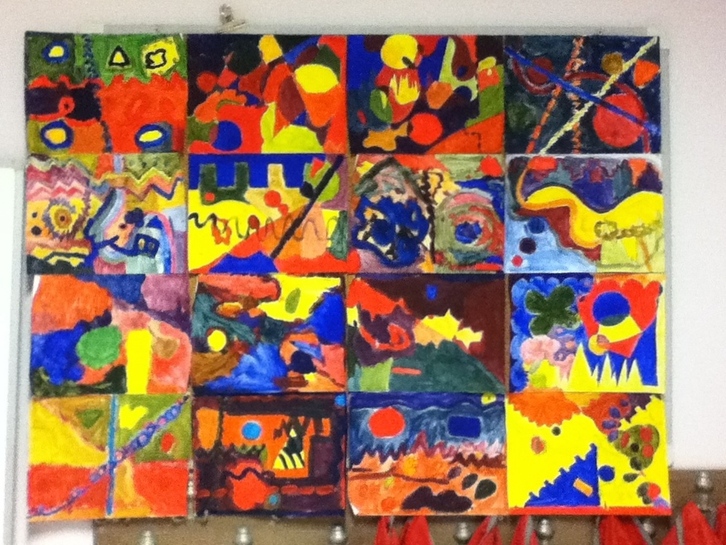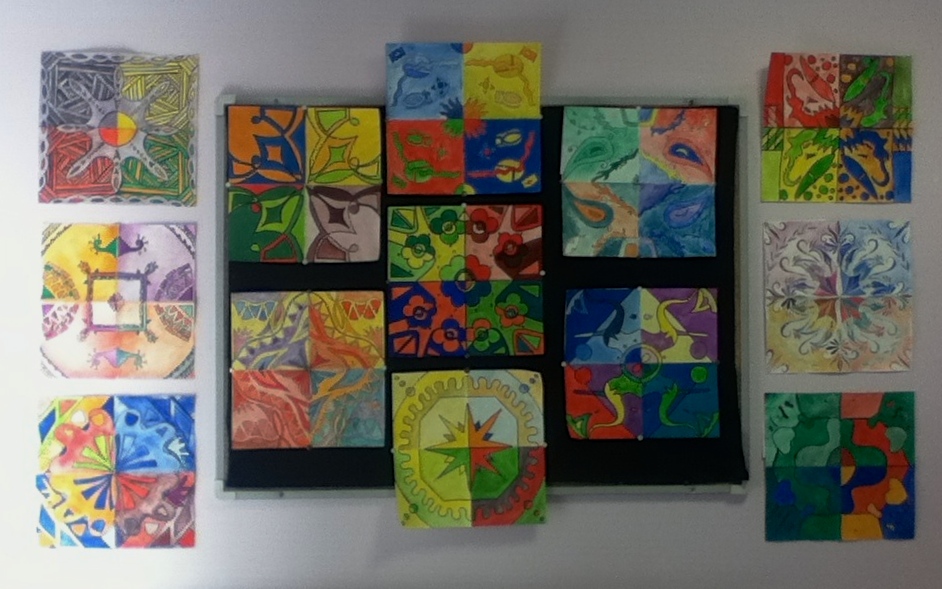We travelled to a country further east around Christmas time. It is not a country that celebrates Christmas, but this became a good topic of conversation in my classroom. In China, they DO celebrate New Year, which is more similar to what is celebrated here in Turkey.
First and Second Grade:
We looked at the Chinese lanterns used in decoration at New Year. First we practiced drawing different types of lanterns in a step by step guided drawing, and later worked independently to create our own composition of lanterns. We discussed drawing to fill the whole space on the page, with bigger lanterns in the front and smaller ones behind.
I introduced my students to value and analogous colours so we could create lanterns that popped off the page. The goal was to get them to use a light, medium and dark version of a colour within one lantern.
After tracing over all of our pencil lines and colouring in each of our shapes, the students painted the background with blue tempera paint. The pastel resists the paint, so we needed to make sure all the white space was coloured in!
The final step was to create dots/strings of light with yellow and white in the background. Students printed these with the end of a paintbrush.
Fourth Grade:
We studied the art of sumi-e brush painting. First we practiced holding the bamboo brush and making different types of strokes. The next class, we put our practice to the test and painted compositions of bamboo. The students chose one word/fruit of the Spirit-love, joy, peace, hope, faith- to write vertically down one side of the paper. Our final class, I had the students design a signature chop (from foam) to sign their finished piece, and then mount the finished works on construction paper.
Fifth Grade:
Fifth graders looked at the art of porcelain Ming vases. We discussed the variety of different shapes and silhouettes. I demonstrated how to create a symmetrical vase drawing with two sides that mirrored each other. These pencil outlines were filled in with different shades of blue pastels. The next class, we painted over the pastel layer with white tempera, and made drawings of design ideas for our vases. During the final class, designs were scratched into the paint to reveal the blue layer underneath. Vases were cut out and mounted together in a composition on black paper.
This slideshow requires JavaScript.
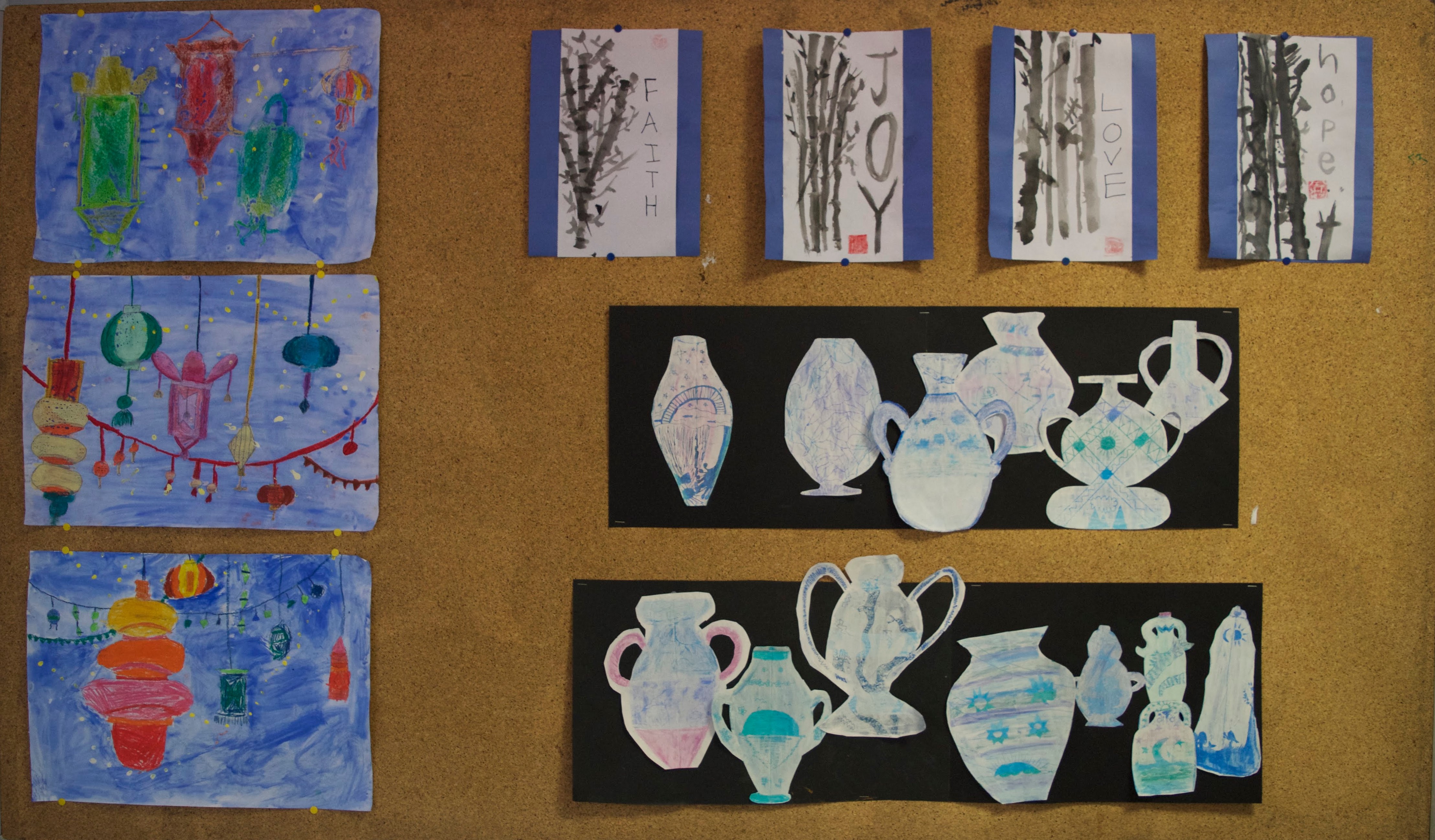










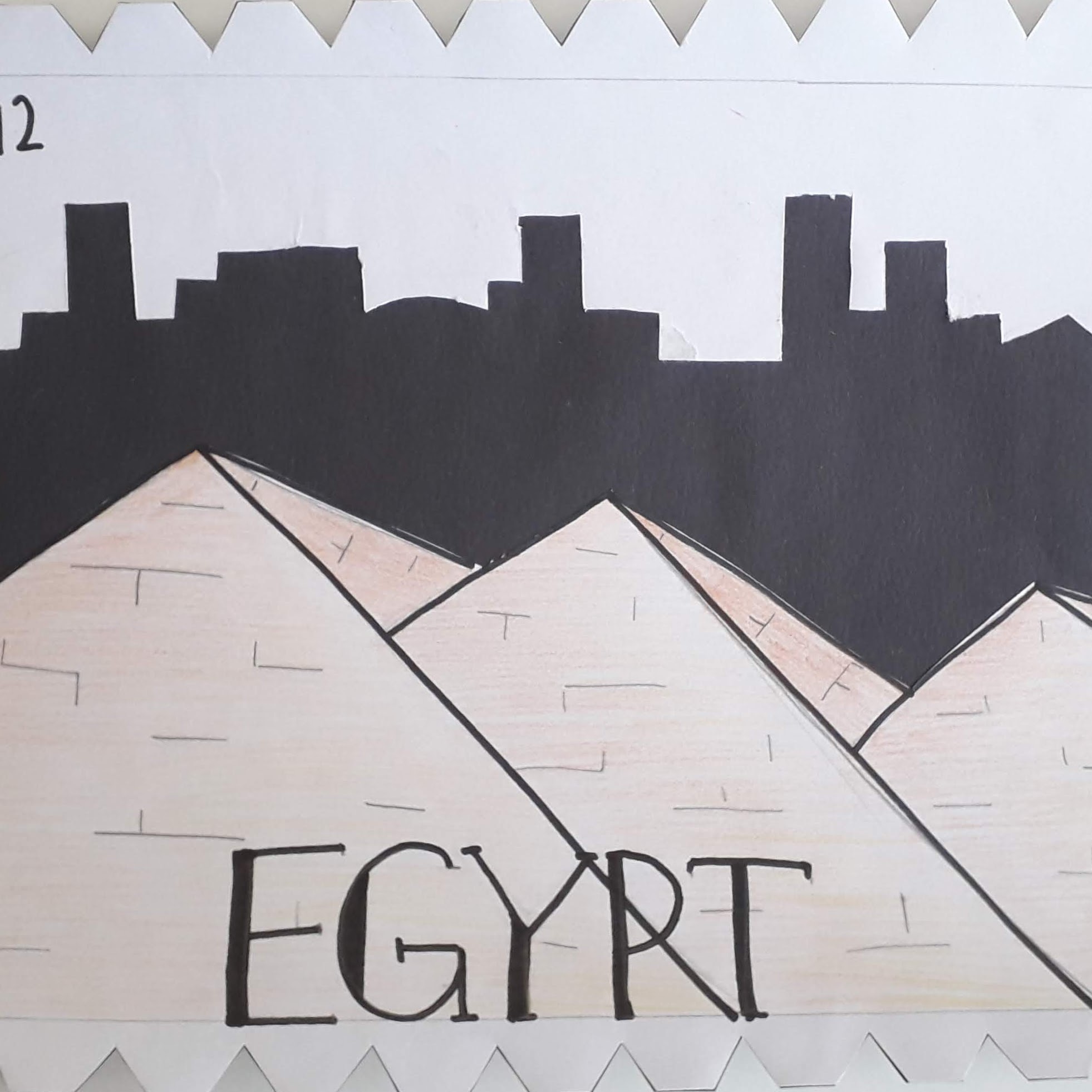


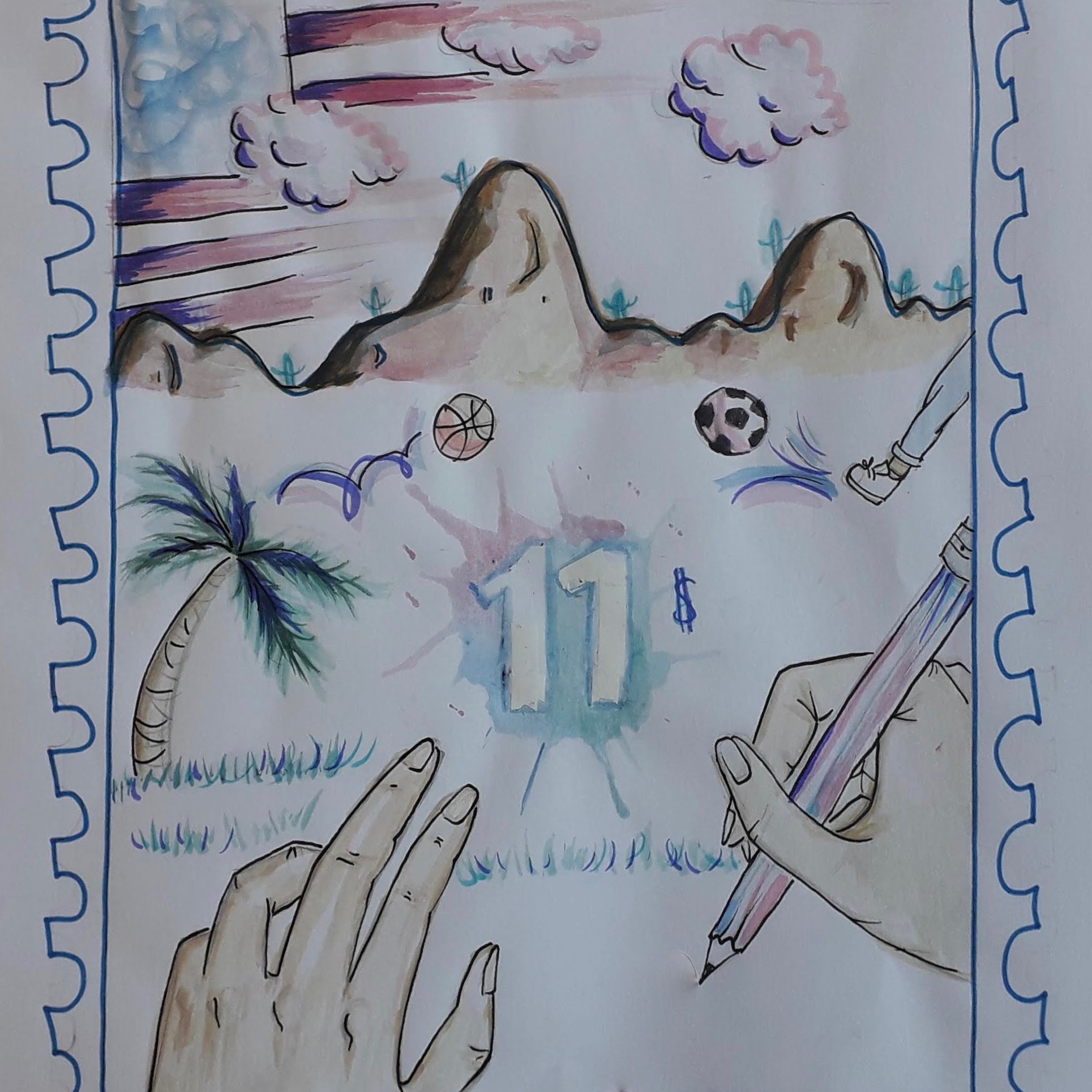




















































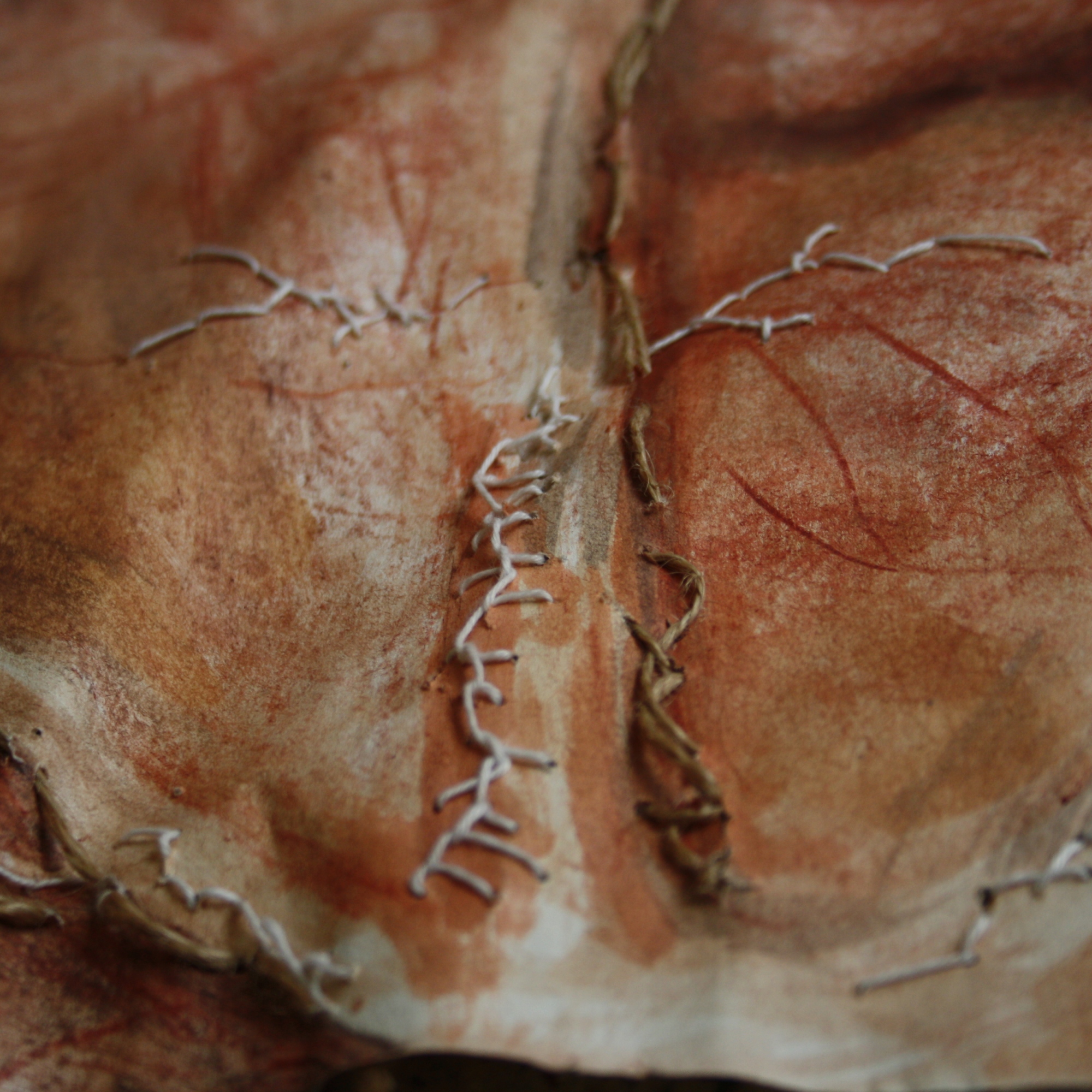














 Yesterday was a good day in the art room. I got to watch and assist the third grade class in making explosive volcanoes with charcoal and paint. Nothing like a good bit of creative mess to start out the day- a few of these kiddos are bound to be artists! I received some confidence boosting words of encouragement from fellow staff that I am doing good work with the students, which I doubt at times. I also finished a few projects with classes and had to find new spaces to hang them.
Yesterday was a good day in the art room. I got to watch and assist the third grade class in making explosive volcanoes with charcoal and paint. Nothing like a good bit of creative mess to start out the day- a few of these kiddos are bound to be artists! I received some confidence boosting words of encouragement from fellow staff that I am doing good work with the students, which I doubt at times. I also finished a few projects with classes and had to find new spaces to hang them.





